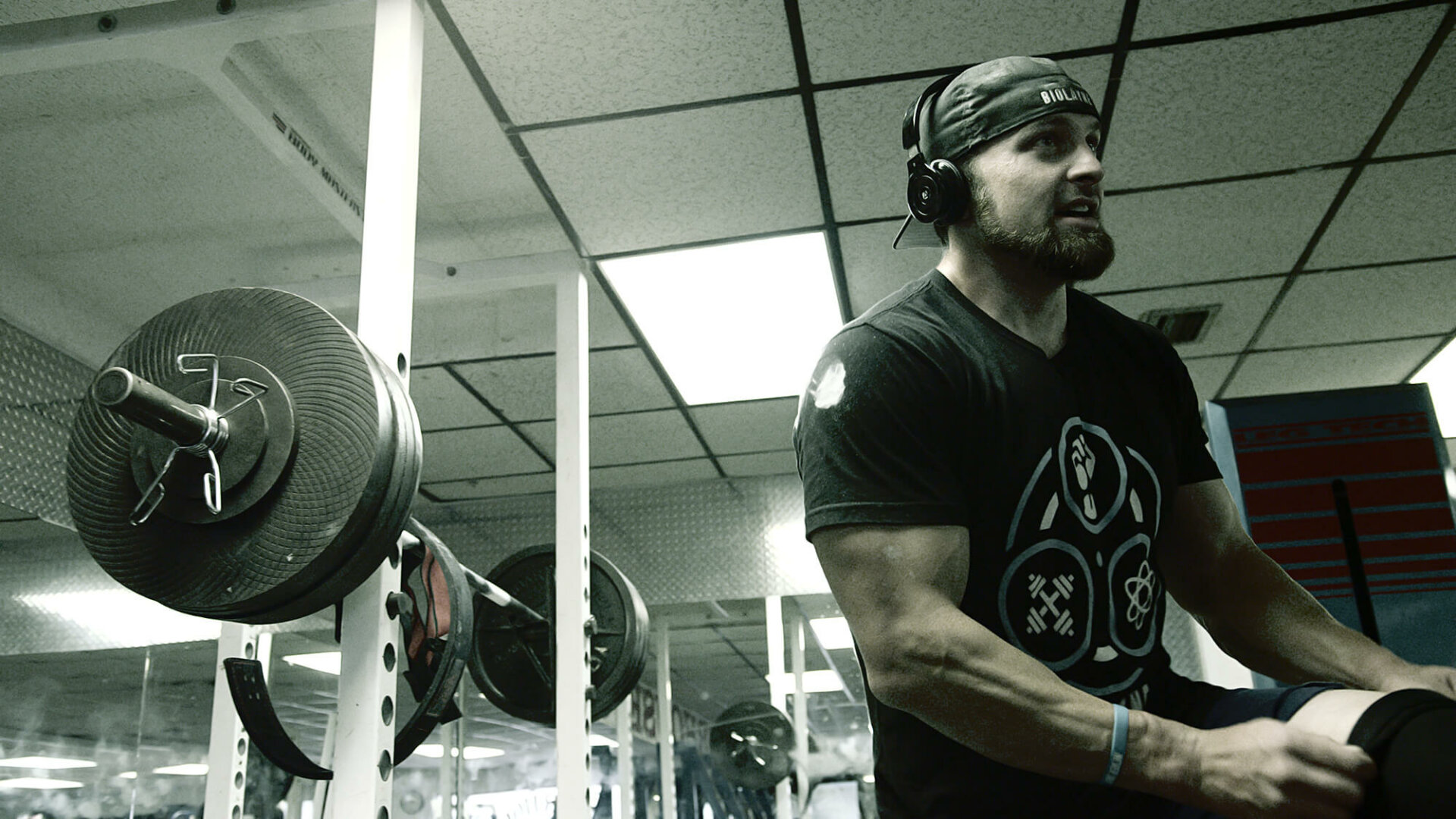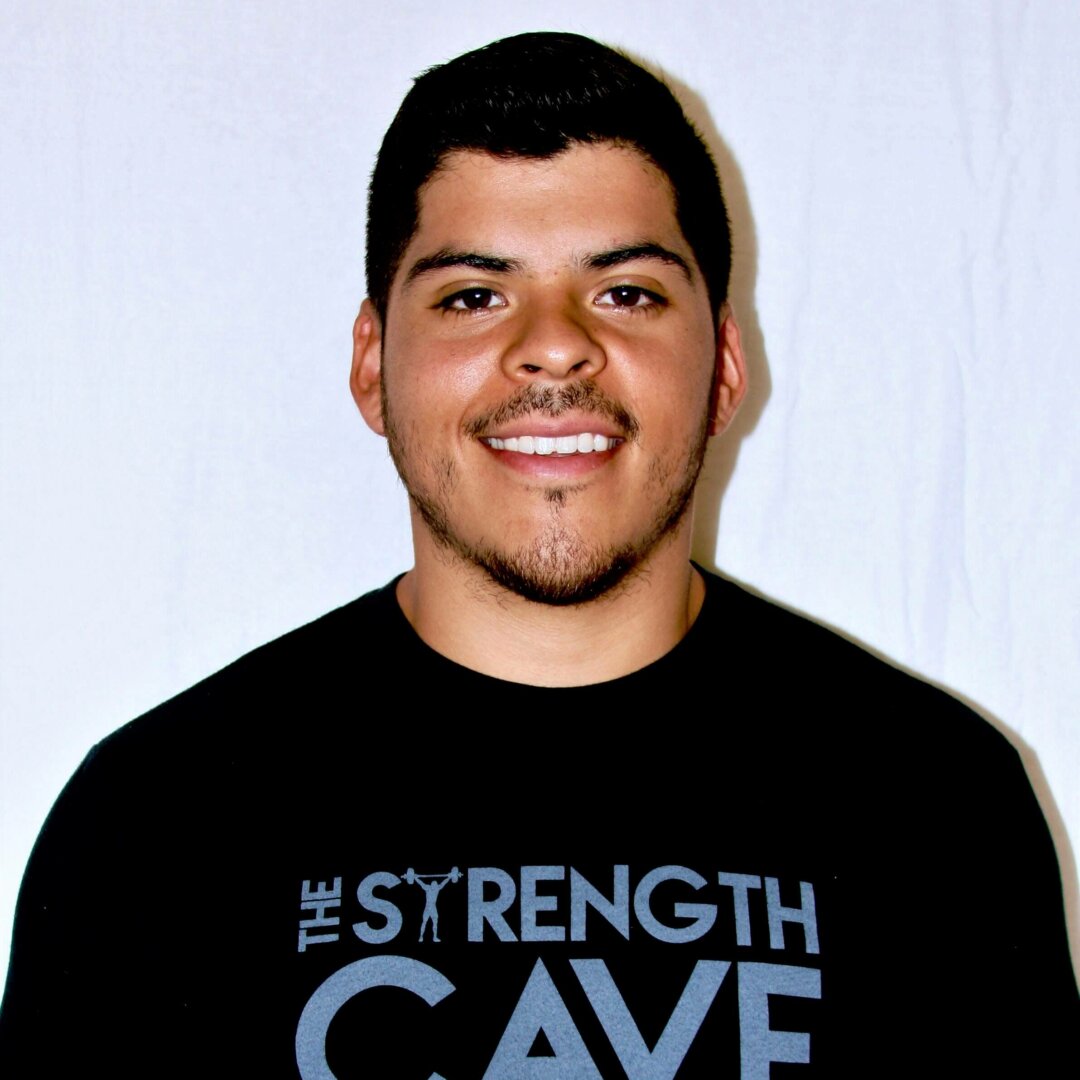Surely it is no secret that results are obtained through hard work and perseverance. In order to reap the rewards that we want, we have to be willing to pay the price. When it comes to people who are committed to making gains in the gym, there is no shortage of hard work. They are used to going the extra mile and putting in the requisite effort. It doesn’t matter how many reps and sets they need or how often they have to train, they’ll get the job done (and then some). However, there seems to be a collective thought process within the fitness community that more work means better results. Lift more weights and you will get bigger and stronger. Do more cardio and you will get leaner. But this “more is better” approach has to have some limitations. This is something we have come to realize with respect to our nutrition. More calories doesn’t always mean more muscle gain, just like a bigger caloric deficit isn’t always the best approach for fat loss. But how does this apply to the approach we take with training? You will find that more is not always better when it comes to the fundamentals of strength and muscle gain.
Training Volume
Science seems to have reached a pretty clear consensus that training volume represents the foundation of any training program [3][5]. In order to progress in strength or hypertrophy, you must meet a certain threshold of volume. This threshold is different for everyone and depends on several factors such as biological age, training age, and muscle fiber type. There also seems to be a trend that shows more volume to be superior to less volume for improving training adaptations. So, naturally this represents an example of how more is better, right?
Not so fast.
Just as there is a lower threshold that must be met for adaptations to occur, an upper limit also exists. Each increase in training volume is accompanied by a progressively smaller increase in results. We call this diminishing returns. What is important to understand is that those progressively smaller results can eventually cross over into negative results.
Maximum Recoverable Volume (MRV) is a term popularized by Dr. Mike Israetel which describes the upper limit of training volume beyond which performance decrements will start to occur [4]. He gives some ranges in terms of number of sets that correspond to the MRV of each body part. While this is nice to use as a starting point, it is important to realize that the MRV for each person will be different and that MRV is not a static number. In order to figure out your upper limit of volume you need to take an objective look at how you feel and progress during a training block. Sometimes taking a step back and reducing volume is the answer to breaking through a training plateau.
Intensity
While training volume may be the most important variable in a training program, training intensity is not far behind. Just as a lower threshold exists for training volume, so too does a lower limit exist for intensity when it comes to strength and hypertrophy. In this way, training volume and intensity sort of depend on one another. For example, accumulating a ton of volume with 25% of your 1RM is not going to have a very robust effect [1]. In order to get any appreciable results from your training volume, you need to also hit the lower threshold of intensity. There is some debate over where that threshold exists, but based on the evidence, it seems that somewhere around 60% of 1RM is a safe bet [6][7]. Once again, this number is dependent on individual factors so that number will change from person to person.
Most people don’t seem to have a problem reaching the lower threshold for intensity. The trouble lies on the other side of the spectrum. There is something invigorating about lifting heavy things. So naturally, people who like to lift often enjoy lifting as heavy as possible. Unfortunately though, lifting near maximal loads every time you train is not a sustainable practice.
Successful athletes who enjoy long careers do not train maximally every time they train. Doing so is too much of a strain on the nervous system and the tissues and leaves little room for recovery in the long run. Maximal intensity is great for short periods of time when peaking for an event, as it primes the nervous system and administers a dose of specificity. However, that peaking is almost always followed by a period of low intensity and volume to allow the adaptations to occur and the body to recover.
When you think about the upper limit of intensity, you have to think of it in terms of maximal sustainable intensity. In other words, what is the maximum intensity you could lift with on a regular basis while still making optimal gains and recovering well? Again the answer is highly individual but we have a rough idea that 80-90% would be the upper limit.
Frequency
The number of times you train per week has a lot to do with your nervous system and ability to recover from a training session. But whether you train two times per week or seven, the main concern is usually how often you should train a particular group of muscles. Bodybuilders of the past often trained each muscle group once per week, while the modern day lifter may train a body part upwards of 4-5 times in a week. Both schools of thought seem to produce impressive results, but which one is better?
The answer again lies in examining the thresholds. There is not much research on the lower limit of training frequency, but it is probably safe to say that training a body part less than once per week is not going to produce very good results. For the sake of this article, let’s say that once per week is the lower limit of frequency. Many people see great progress from this lower threshold of frequency. But what happens when we move up to a frequency of two, maybe three times per week? Likely you will see better results. However, it isn’t necessarily the increased frequency that is producing the results, but rather an inadvertent increase in volume. You simply end up doing more work over multiple days than you can in one day.
So if you can increase your volume by training more times per week, then should we just train every day? Not a good idea. Remember that you still need to recover from your training in order to see results. In fact, at a certain point, your higher frequency is going to force you to do less with each training session such that the volume will likely stay the same despite the increase in frequency. Interestingly, a study on powerlifting showed that training six times per week was no better than training three times per week when volume and intensity were equated [2].
Training Variety
A lot is said nowadays with respect to exercise selection and variety in your training program. On one end, you have people who only train the squat, bench press, and deadlift, while on the other side you have people who train a different movement every day in a metabolic conditioning style. Now, those who promote some exercise variety in a program (I am one of them) certainly have merit behind their thought processes (not to toot my own horn). You need to address weak links in the kinetic chain and build structural integrity in order to support your main movements. However, too much variety in a program can be a bad thing.
In order to glean benefit from an exercise, you do have to spend some time putting it to use. If you change your accessory movements every time you train, then how will you apply any progressive overload to your program? On the other hand, you have to change things up at times to address different body parts and change the training stimulus. Once again, the sweet spot lies somewhere in the middle. Give yourself enough time in a training block to benefit from a given movement (say 4-6 weeks). But never marry yourself to one movement or training style if your goal is lasting results.
Conclusion
Just as with everything in life, the truth lies somewhere in the middle when it comes to training variables. Setting up an effective training plan requires careful consideration of these variables in terms of how they relate to your individual needs and abilities. While it takes some effort to find your own “sweet spots” with respect to volume, intensity, frequency, etc., it is a necessary part of the process if you want lasting results. Remember to look at your training program with an objective eye and monitor your progress. Making adjustments doesn’t always mean increasing your training variables, especially when you find that you are near the max in terms of what you can recover from. Once you nail down your thresholds, you will be able to make smarter decisions that will lead to a more efficient and fruitful training program.
References
- Campbell, B. I., Bove, D., Ward, P., Vargas, A., & Dolan, J. (2017). Quantification of Training Load and Training Response for Improving Athletic Performance. Strength & Conditioning Journal, 39(5), 3-13.
- Colquhoun, R. J., Gai, C. M., Aguilar, D., Bove, D., Dolan, J., Vargas, A., … & Campbell, B. I. (2018). Training Volume, Not Frequency, Indicative of Maximal Strength Adaptations to Resistance Training. The Journal of Strength & Conditioning Research.
- González-Badillo, J. J., Gorostiaga, E. M., Arellano, R., & Izquierdo, M. (2005). Moderate resistance training volume produces more favorable strength gains than high or low volumes during a short-term training cycle. Journal of Strength and Conditioning Research, 19(3), 689.
- Israetel, M., Hoffman, J., & Smith, C. W. (2015). Scientific Principles of Strength Training.
- Schoenfeld, B. J. (2010). The mechanisms of muscle hypertrophy and their application to resistance training. The Journal of Strength & Conditioning Research, 24(10), 2857-2872.
- Schoenfeld, B. J. (2013). Is there a minimum intensity threshold for resistance training-induced hypertrophic adaptations?. Sports Medicine, 43(12), 1279-1288.
- Wernbom, M., Augustsson, J., & Thomeé, R. (2007). The influence of frequency, intensity, volume and mode of strength training on whole muscle cross-sectional area in humans. Sports medicine, 37(3), 225-264.

